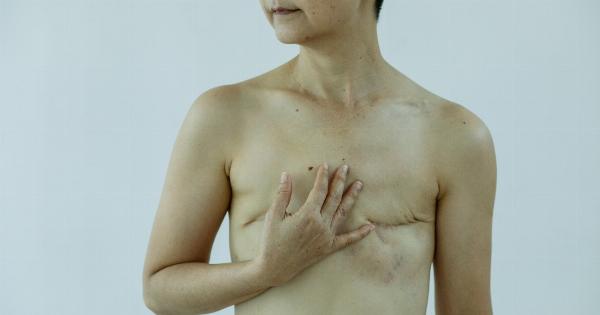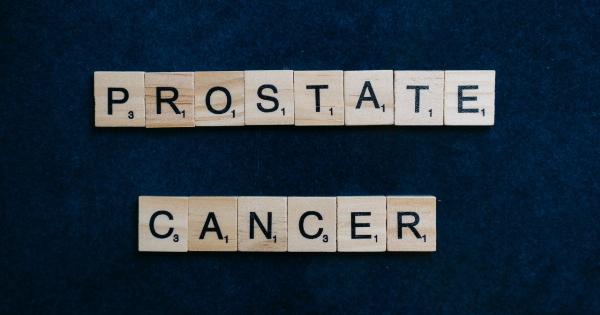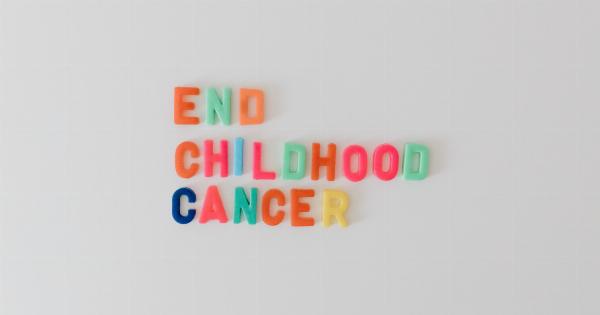Cancer is a leading cause of death worldwide, with millions of people losing their lives to the disease each year. While cancer can affect anyone, gender plays a significant role in cancer incidence, diagnosis, treatment, and outcomes.
In this article, we explore the impact of gender on different types of cancer and why it is a deadly combination.
Gender and Cancer Incidence
The incidence of cancer varies between men and women, with some cancers affecting one gender more than the other. For instance:.
Breast Cancer
Breast cancer is the second most common cancer worldwide and the most common cancer in women. In the US, one in eight women will develop breast cancer in their lifetime.
Men, on the other hand, have a lower incidence of breast cancer, with about one in a thousand men developing the disease.
Lung Cancer
Lung cancer is the leading cause of cancer death in both men and women, but men have a higher incidence of the disease than women. This is partly due to higher rates of smoking among men.
Prostate Cancer
Prostate cancer is the most common cancer in men, with over 190,000 new cases diagnosed in the US each year. Women do not have a prostate gland and therefore cannot develop prostate cancer.
Ovarian Cancer
Ovarian cancer is a less common but more deadly cancer that affects women. It is the fifth leading cause of cancer death in women, with over 14,000 deaths each year in the US. Men cannot develop ovarian cancer as they do not have ovaries.
Gender and Cancer Diagnosis
The gender of the patient can also affect cancer diagnosis in several ways:.
Screening Tests
Screening tests for certain cancers, such as breast cancer and cervical cancer, are geared towards women and are not routinely recommended for men. This can lead to delayed diagnosis and poorer outcomes for men who develop breast or cervical cancer.
Symptoms
Men and women may experience different symptoms for the same type of cancer. For example, men with bladder cancer may have difficulty urinating, while women with the same cancer may experience pain during urination.
Gender and Cancer Treatment
The gender of the patient can also influence cancer treatment in several ways:.
Hormonal Therapies
Hormonal therapies, such as tamoxifen, are often used to treat hormone-sensitive cancers such as breast cancer. However, these treatments can have different side effects in men and women.
For example, tamoxifen can increase the risk of blood clots in women, while in men, it can cause sexual dysfunction.
Surgery
Surgical treatment for certain cancers, such as prostate cancer, can have different outcomes in men and women due to differences in anatomy and physiology.
Gender and Cancer Outcomes
The gender of the patient can also affect cancer outcomes in several ways:.
Mortality Rates
Gender can affect cancer mortality rates. For example, men have higher mortality rates for lung cancer, liver cancer, and bladder cancer than women. Women, on the other hand, have higher mortality rates for thyroid cancer and melanoma.
Survival Rates
Survival rates for certain cancers also vary between men and women. For example, men with melanoma have lower survival rates than women, while women with liver cancer have lower survival rates than men.
Conclusion
Gender and cancer are a deadly combination, with different cancers affecting men and women differently, impacting diagnosis, treatment, and outcomes.
It is crucial to understand these gender differences and develop tailored interventions for better cancer prevention, early detection, and treatment.
























